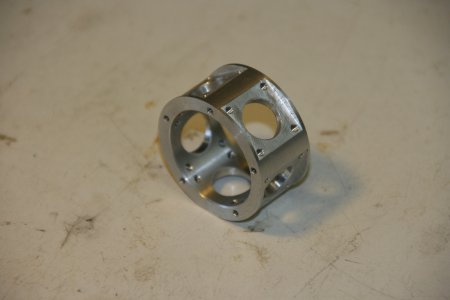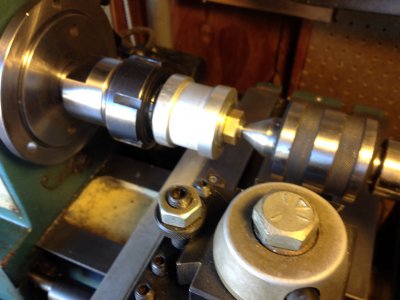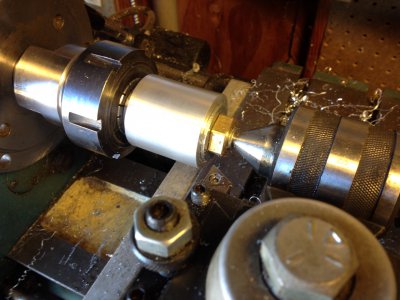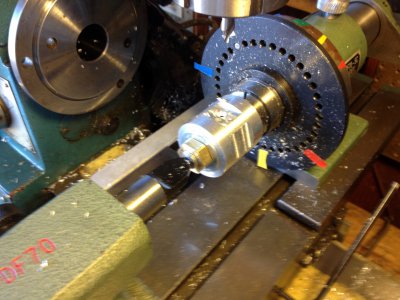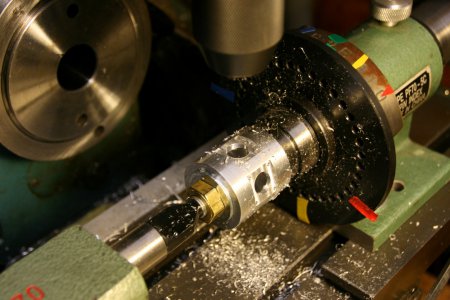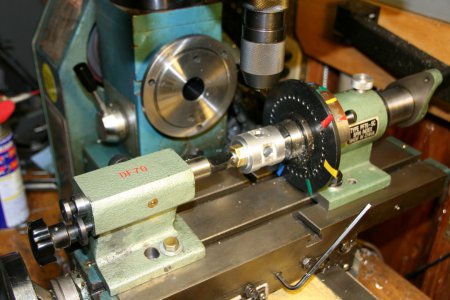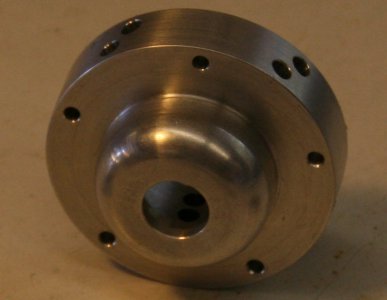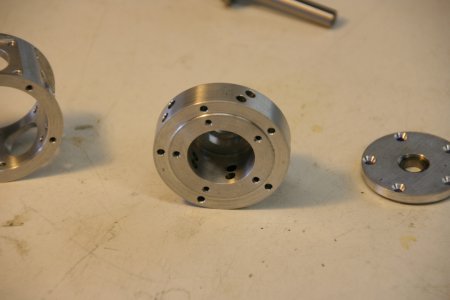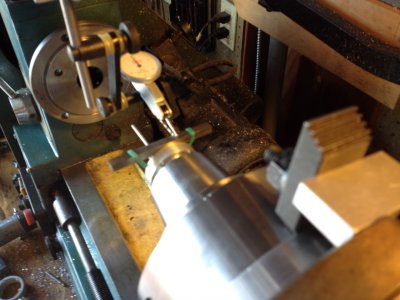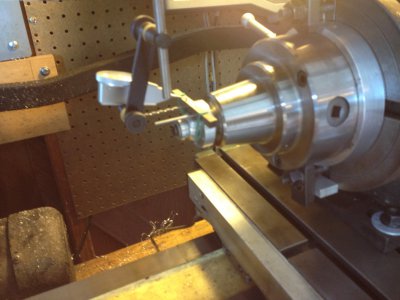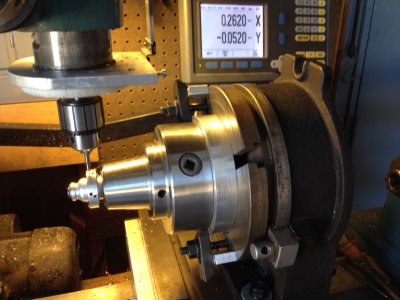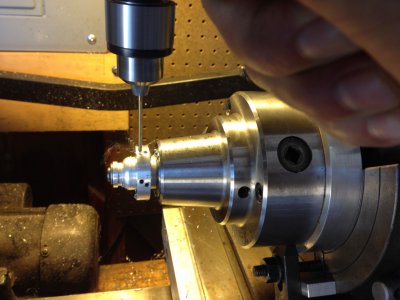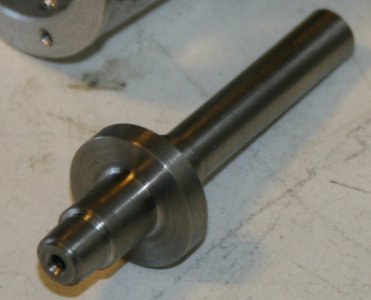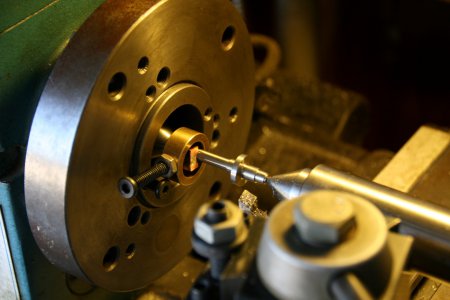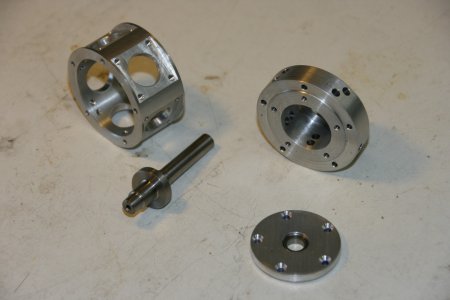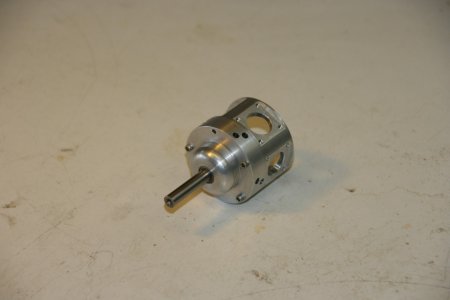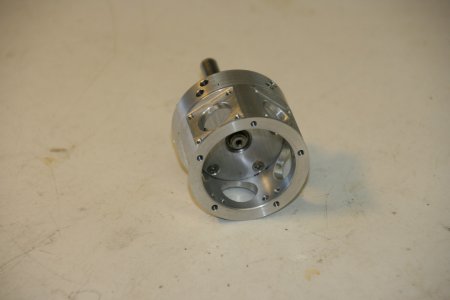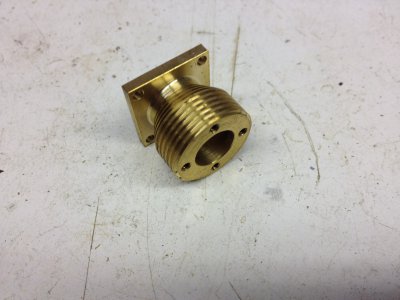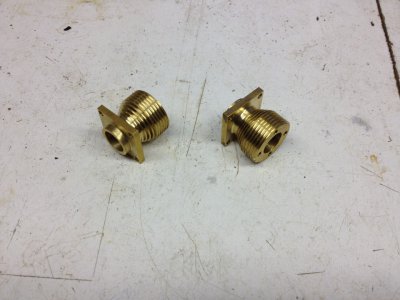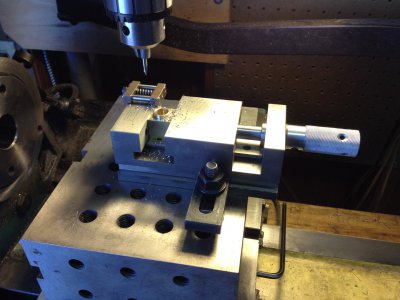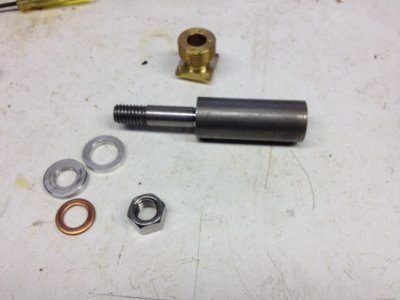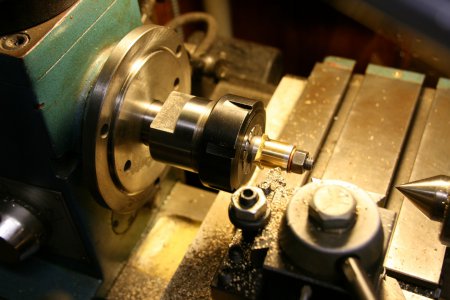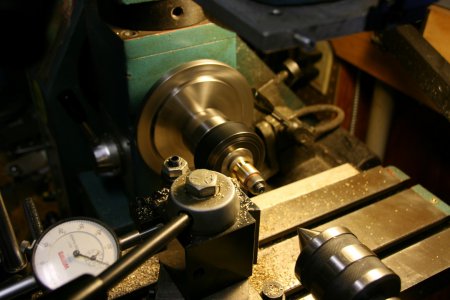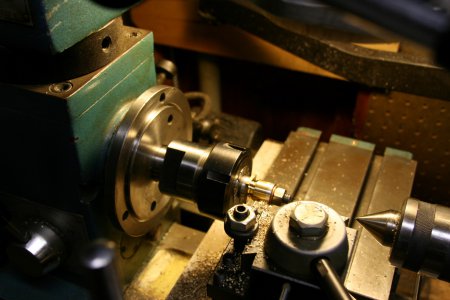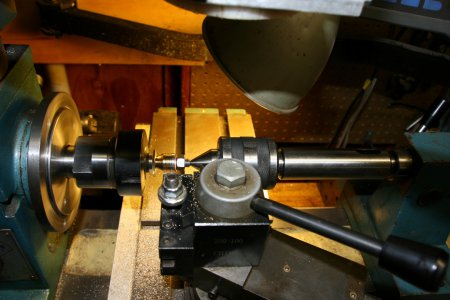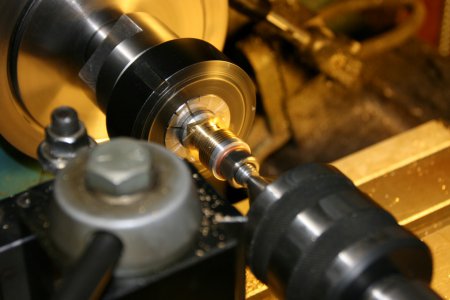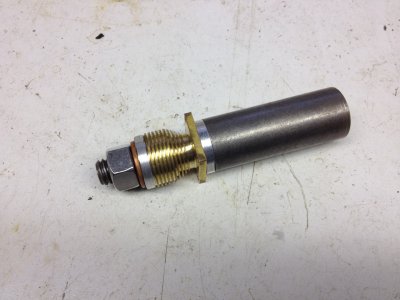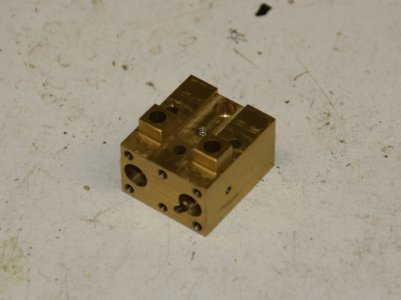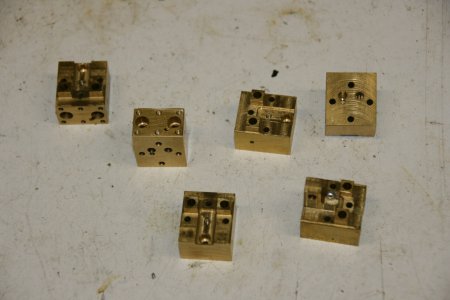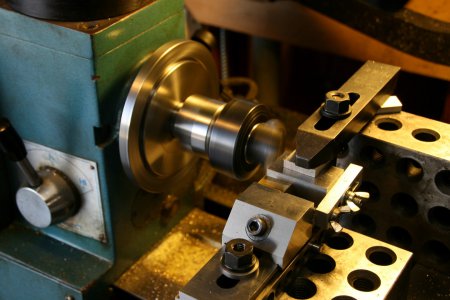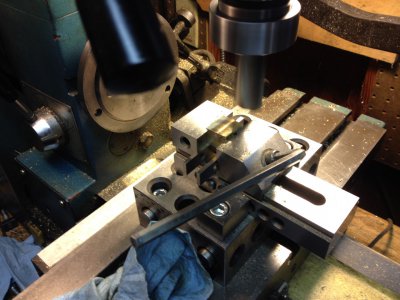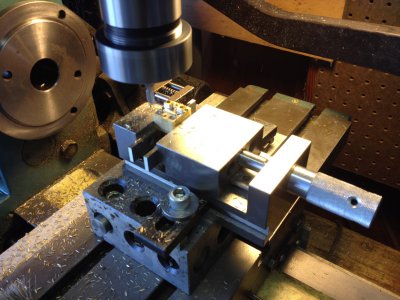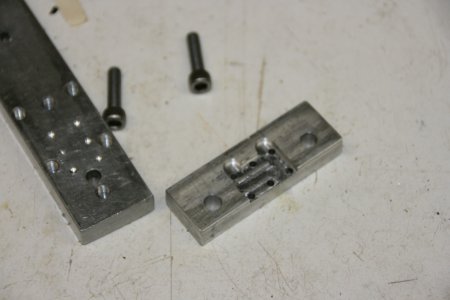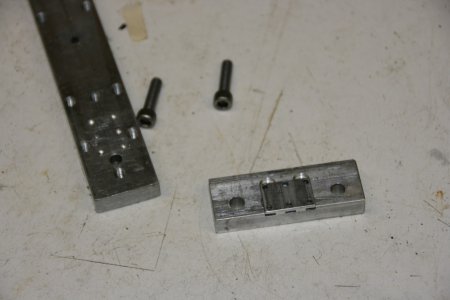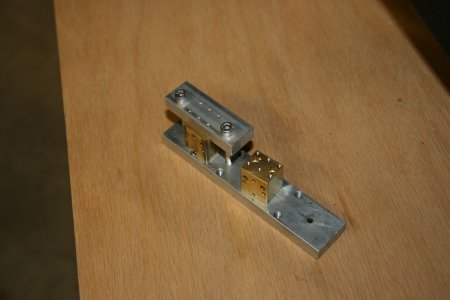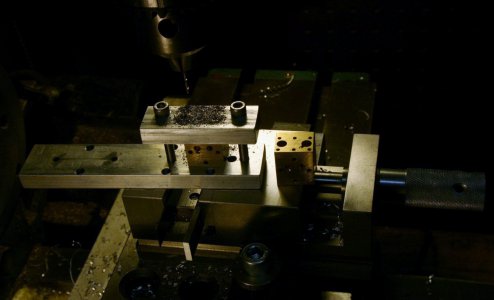- Joined
- Jan 20, 2013
- Messages
- 285
So I've been going to church, trying not to cuss, being kind to everyone, and spending some time in my shop in order to get a Halo!!
I bought this raw materials kit https://www.ministeam.com/product/Liney-Steam-Engine-Model-Kits-HaloKit/Stationary-Steam-Engine-Kits from Liney Machine. If you follow that link you can see pictures and videos of a couple of these Halo engines completed so you know where I am headed. I bought this "kit" almost 4 years ago and when I received it, I opened it up and realized that it was probably more than I could chew... My skills were rusty, I really hadn't figured out how to make my 3 in 1 jump through hoops, and I didn't have as many tools, etc. as I do now. But now that I have built more than half a dozen engines (several are posted on this site) I thought, "I can do this!".
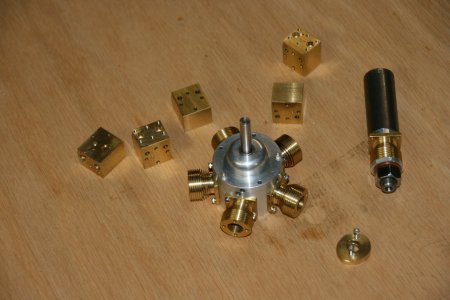
Above is a picture of about where I am now. Just for reference: the diameter of the crankshaft is 1/4", the OD of the aluminum crankcase is 1.65", diameter of the arbor and the cylinder on it is 3/4", the cylinder heads at this point are .750" x .850" x .625", the major diameter of the cams in the lower right is .780" and the screws are all size 2-56.
I have more pictures of the parts, jigs and setups, etc., etc. With a little encouragement, that is, if someone is interested in seeing more pictures, let me know and I'll post them up!
Best Regards
Dave
PS at least I am doing a couple of the things listed in the first sentence...

I bought this raw materials kit https://www.ministeam.com/product/Liney-Steam-Engine-Model-Kits-HaloKit/Stationary-Steam-Engine-Kits from Liney Machine. If you follow that link you can see pictures and videos of a couple of these Halo engines completed so you know where I am headed. I bought this "kit" almost 4 years ago and when I received it, I opened it up and realized that it was probably more than I could chew... My skills were rusty, I really hadn't figured out how to make my 3 in 1 jump through hoops, and I didn't have as many tools, etc. as I do now. But now that I have built more than half a dozen engines (several are posted on this site) I thought, "I can do this!".

Above is a picture of about where I am now. Just for reference: the diameter of the crankshaft is 1/4", the OD of the aluminum crankcase is 1.65", diameter of the arbor and the cylinder on it is 3/4", the cylinder heads at this point are .750" x .850" x .625", the major diameter of the cams in the lower right is .780" and the screws are all size 2-56.
I have more pictures of the parts, jigs and setups, etc., etc. With a little encouragement, that is, if someone is interested in seeing more pictures, let me know and I'll post them up!
Best Regards
Dave
PS at least I am doing a couple of the things listed in the first sentence...

Last edited:

